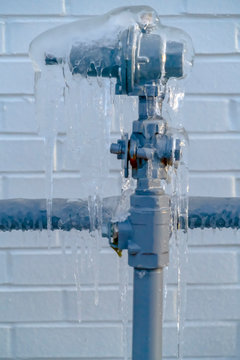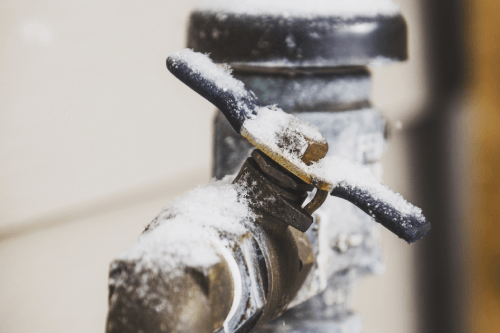Avoiding Frozen Pipes: Top Tips for Winter
Avoiding Frozen Pipes: Top Tips for Winter
Blog Article
What're your thoughts on Winter Plumbing Precautions: Preventing Frozen Pipes?

Cold weather can wreak havoc on your pipes, particularly by freezing pipes. Below's exactly how to avoid it from occurring and what to do if it does.
Introduction
As temperatures drop, the risk of icy pipelines boosts, potentially leading to pricey repair work and water damages. Comprehending how to avoid icy pipes is critical for home owners in cold environments.
Recognizing Frozen Pipes
What triggers pipelines to ice up?
Pipes freeze when subjected to temperature levels listed below 32 ° F (0 ° C) for expanded periods. As water inside the pipes freezes, it broadens, putting pressure on the pipe walls and potentially causing them to break.
Risks and damages
Frozen pipes can result in water supply disturbances, property damage, and costly fixings. Burst pipelines can flooding homes and trigger considerable structural damages.
Indications of Frozen Water Lines
Identifying frozen pipes early can prevent them from breaking.
How to determine icy pipelines
Seek reduced water circulation from faucets, unusual odors or sounds from pipelines, and noticeable frost on revealed pipelines.
Avoidance Tips
Shielding at risk pipelines
Wrap pipes in insulation sleeves or use heat tape to shield them from freezing temperature levels. Concentrate on pipes in unheated or exterior locations of the home.
Heating techniques
Maintain interior spaces properly warmed, particularly areas with pipes. Open closet doors to allow cozy air to circulate around pipes under sinks.
Shielding Exterior Plumbing
Garden hose pipes and exterior faucets
Disconnect and drain pipes garden hoses prior to winter. Install frost-proof faucets or cover exterior faucets with shielded caps.
What to Do If Your Pipes Freeze
Immediate activities to take
If you think icy pipes, keep faucets available to ease pressure as the ice thaws. Make use of a hairdryer or towels soaked in hot water to thaw pipes slowly.
Long-Term Solutions
Structural adjustments
Think about rerouting pipelines far from outside walls or unheated locations. Add additional insulation to attics, basements, and crawl spaces.
Upgrading insulation
Invest in top notch insulation for pipelines, attic rooms, and wall surfaces. Appropriate insulation assists preserve constant temperatures and lowers the danger of frozen pipelines.
Conclusion
Preventing icy pipelines needs aggressive procedures and quick actions. By understanding the reasons, signs, and preventive measures, home owners can safeguard their pipes during winter.
5 Ways to Prevent Frozen Pipes
Drain Outdoor Faucets and Disconnect Hoses
First, close the shut-off valve that controls the flow of water in the pipe to your outdoor faucet. Then, head outside to disconnect and drain your hose and open the outdoor faucet to allow the water to completely drain out of the line. Turn off the faucet when done. Finally, head back to the shut-off valve and drain the remaining water inside the pipe into a bucket or container. Additionally, if you have a home irrigation system, you should consider hiring an expert to clear the system of water each year.
Insulate Pipes
One of the best and most cost-effective methods for preventing frozen water pipes is to wrap your pipes with insulation. This is especially important for areas in your home that aren’t exposed to heat, such as an attic. We suggest using foam sleeves, which can typically be found at your local hardware store.
Keep Heat Running at 65
Your pipes are located inside your walls, and the temperature there is much colder than the rest of the house. To prevent your pipes from freezing, The Insurance Information Institute suggests that you keep your home heated to at least 65 degrees, even when traveling. You may want to invest in smart devices that can keep an eye on the temperature in your home while you’re away.
Leave Water Dripping
Moving water — even a small trickle — can prevent ice from forming inside your pipes. When freezing temps are imminent, start a drip of water from all faucets that serve exposed pipes. Leaving a few faucets running will also help relieve pressure inside the pipes and help prevent a rupture if the water inside freezes.
Open Cupboard Doors
Warm your kitchen and bathroom pipes by opening cupboards and vanities. You should also leave your interior doors ajar to help warm air circulate evenly throughout your home.

Do you like reading about Prevent Frozen Pipes ? Write a remark down below. We will be happy to find out your thoughts about this page. In hopes that you visit us again soon. In case you enjoyed reading our article if you please remember to share it. I praise you for your time. Return soon.
Call Today Report this page